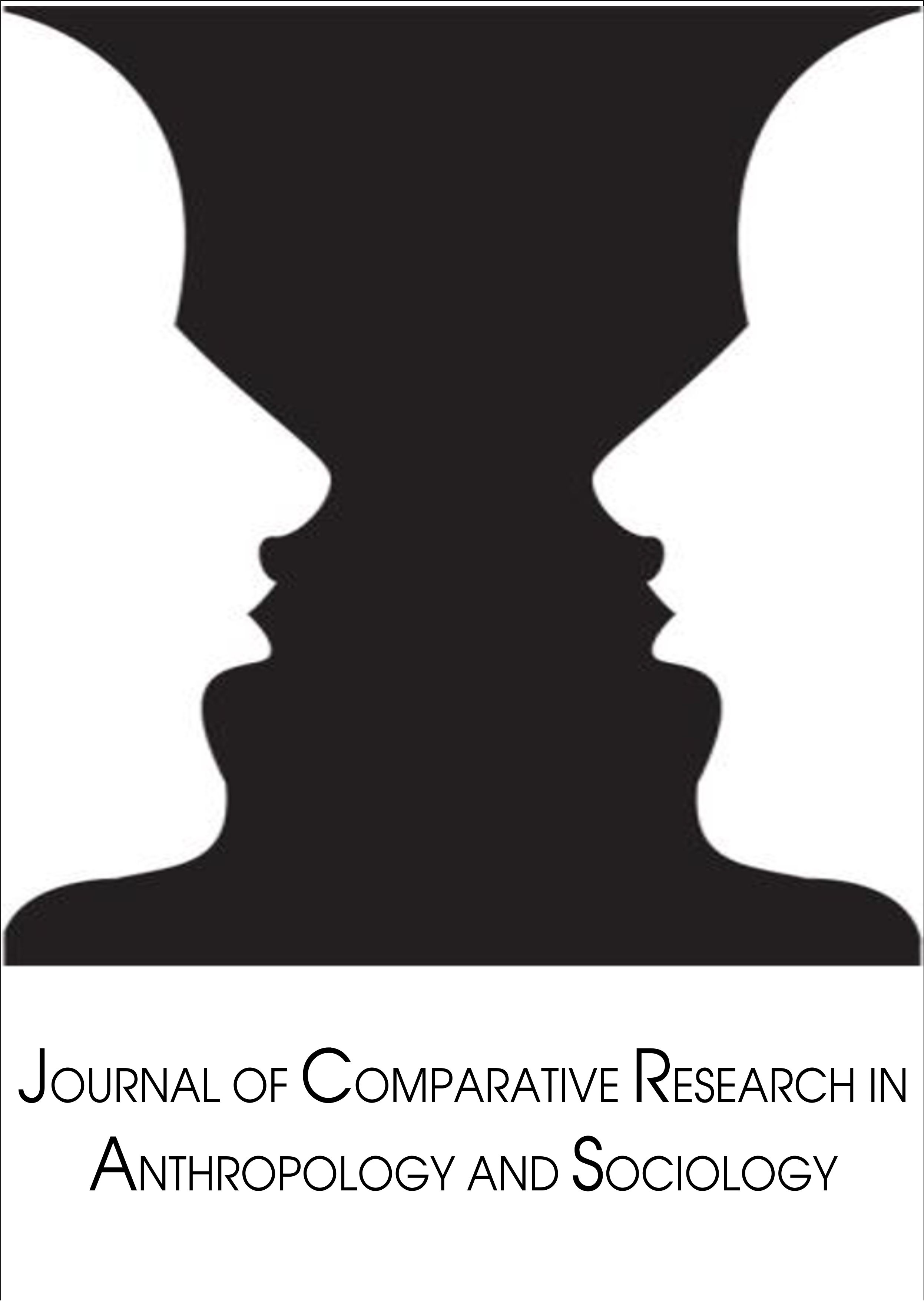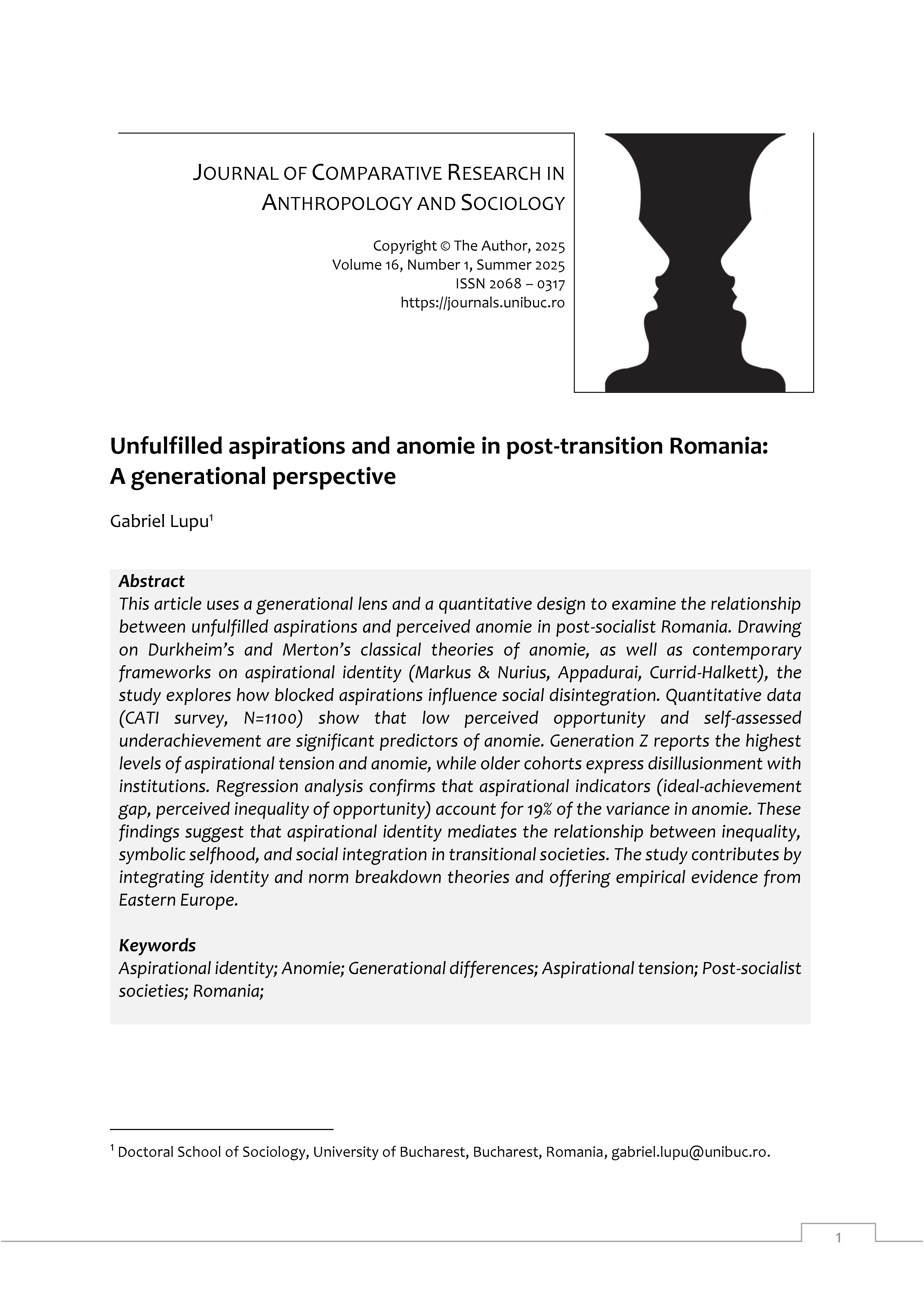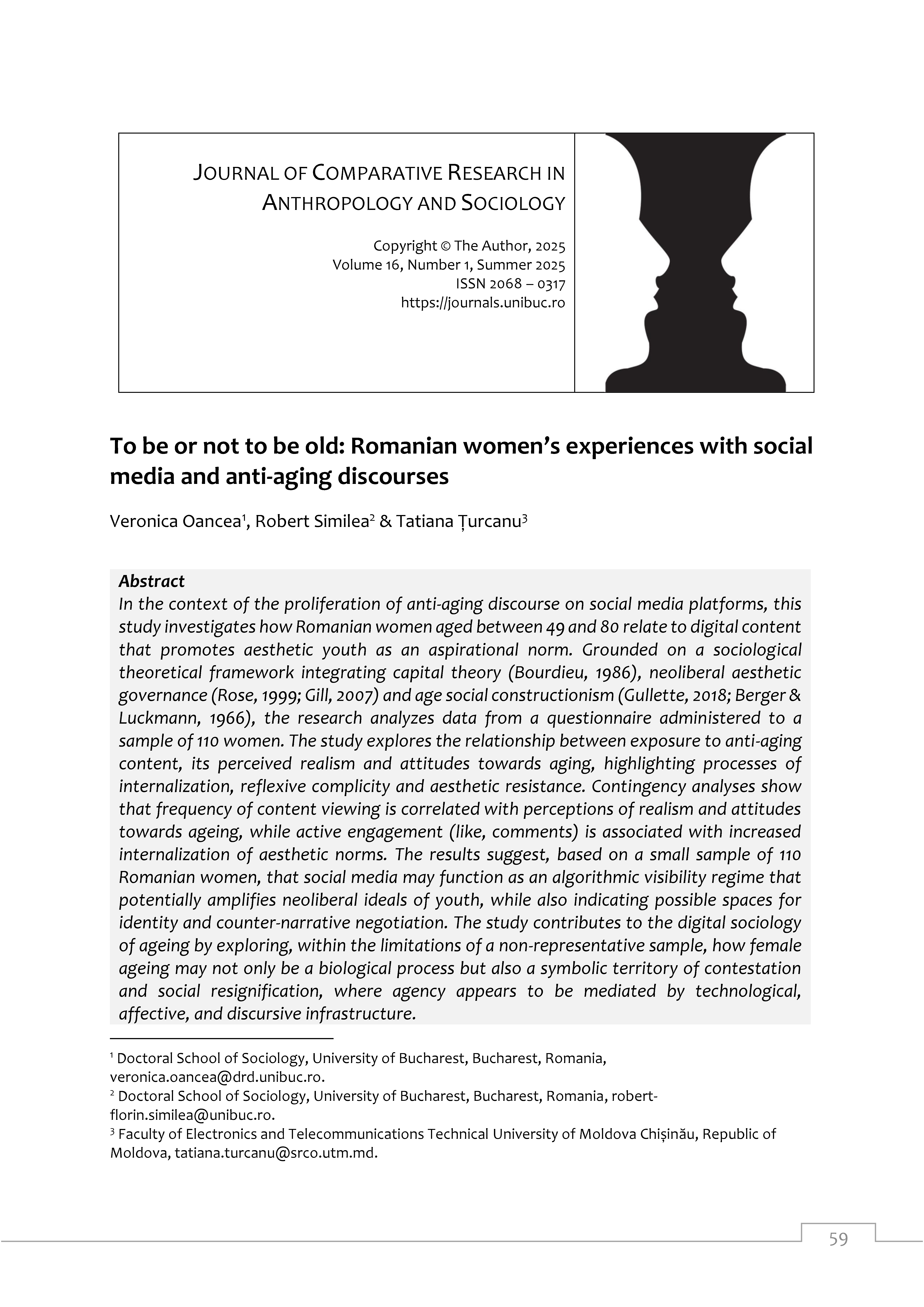Current Issue
Vol. 16 No. 1 (2025): JOURNAL OF COMPARATIVE RESEARCH IN ANTHROPOLOGY AND SOCIOLOGY

The journal publishes original research articles that offer rigorous empirical analysis, whether qualitative, quantitative, or mixed-methods in nature, situated within a clear theoretical framework and with an explicit comparative dimension. In addition to research articles, Compaso accepts shorter research notes that highlight emerging findings or methodological reflections, review essays that critically engage with recent literature in the field, theoretical interventions that advance comparative thinking, and book reviews relevant to its thematic and disciplinary scope.
Published:
2025-10-01









